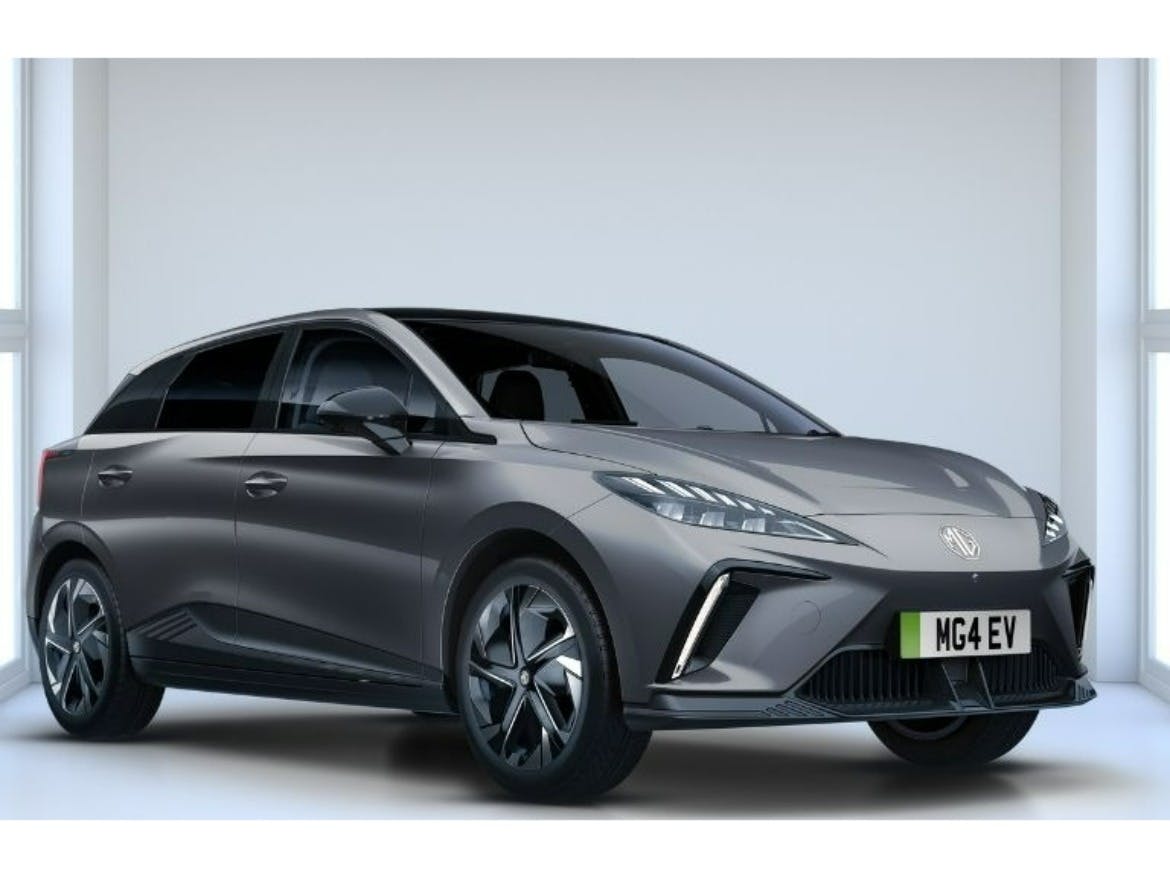When buying a vehicle, numerous customers concentrate on the upfront costs, gas mileage, and the car's overall dependability. Nevertheless, one critical aspect that often gets neglected is gap coverage. This type of coverage can be a financial lifesaver if your car is seen a complete loss due to theft or an accident. Knowing what gap insurance involves and if it's worthwhile the investment is crucial for intelligent car ownership.
In essence, gap insurance, or gap cover insurance, is intended to bridge the financial gap between what you have to pay on your car and its present market worth in the event of a complete loss. This circumstance is especially important for those who finance or lease their vehicles, as depreciation can leave them responsible for paying more than the car is worth. In this article, we will explore into gap insurance, investigating various factors including how to obtain a gap insurance quote, comparing different gap insurance firms, and finding the best gap insurance choices available for both brand new and used cars. Whether you are looking to buy gap insurance or simply want to understand its consequences, we will give you with valuable insights to help you make an informed decision.
Understanding Gap Insurance
Gap insurance is a type of coverage that safeguards car owners from monetary loss in the instance of a total loss, including theft or collision. This coverage is particularly helpful for those who have just purchased a car and have a financial obligation or lease that is greater than the existing value of the car. When a vehicle is considered a complete loss, gap insurance can cover the gap between what the insurance payout is and what the owner still owes on their car. Learning about how this policy works can aid drivers take wise decisions regarding their auto insurance needs.

While typical auto insurance covers the current value of a vehicle at the moment of damage, it does not account for any loss of value. A new car can diminish a significant amount of value within the initial years, which is where gap cover insurance becomes necessary. This type of insurance provides peace of mind by ensuring that car owners are not left with a financial burden after their vehicle is considered a total loss. Many gap insurance providers offer various coverage options, which can adapt to the specific needs of different drivers.
When thinking about gap coverage, it is important to assess providers and policies to find the best gap insurance for your circumstance. Factors such as price, coverage limits, and customer service are important in determining which gap coverage companies stand out. Obtaining a gap coverage quote and making side-by-side comparisons can assist prospective buyers comprehend their options, ensuring that they choose the appropriate coverage that satisfies their needs, whether it is for a brand new or used car.
Benefits and Drawbacks
One of the primary benefits of gap insurance is how it covers the difference between what you owe on your vehicle and its actual cash value at the time of a total loss. This is particularly beneficial for those who have financed or leased their vehicles, as it can avoid a significant financial burden in case of an accident. With the acquisition of gap cover insurance, policyholders can make sure they aren’t stuck with payments on a vehicle that has been totaled, effectively providing security in uncertain situations.
On the other hand, a potential drawback of gap policy insurance is the added cost to your overall expenses. While some may find the expense reasonable considering the protection offered, others might see it as an unnecessary financial burden, especially if they have a reliable vehicle that is not expected to lose much value or if they do not owe much on their loan. Evaluating the cost of gap insurance against your own financial situation and the likelihood of a total loss is crucial in making an informed decision.
Another consideration is that coverage options for gap insurance vary. Some gap insurance providers might have limitations or exclusions that could affect the claim process or the amount you receive in case of an accident. Shopping around and comparing gap insurance companies is necessary to ensure you choose one that offers comprehensive gap coverage with beneficial conditions. Ultimately, assessing these pros and cons will help you figure out whether buying gap insurance is appropriate for your circumstances.
Choosing the Right Gap Insurance
As you selecting the best gap insurance, it is crucial to contrast multiple gap insurance companies and their policies. Look for coverage features that align with your particular needs, such as coverage boundaries, exclusions, and the particular type of vehicle you own. For those looking into gap insurance for used cars, ensure that the company sufficiently covers depreciation details that impact aged models in a different manner than recent ones.
An additional important factor to consider is the cost of the policy. Get gap insurance prices from different providers to compare pricing and coverage options. Some companies offer more advantageous offers than others, so a detailed gap insurance analysis can guide you to cost-effective yet comprehensive coverage. Make sure to also factor in payment conditions, such as whether a monthly or single premium is more convenient for your financial plan.
In conclusion, look into the best gap insurance providers' standing to find trustworthy companies with good customer service records. https://www.motorhype.co.uk/car-gap-insurance/ and testimonials can provide perspective into the encounters of other policyholders. By diligently considering coverage options, costs, and provider reliability, you can make an informed decision when you acquire gap insurance that best fulfills your requirements.
